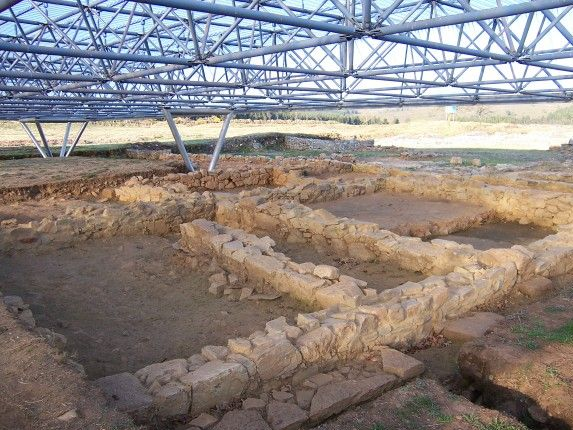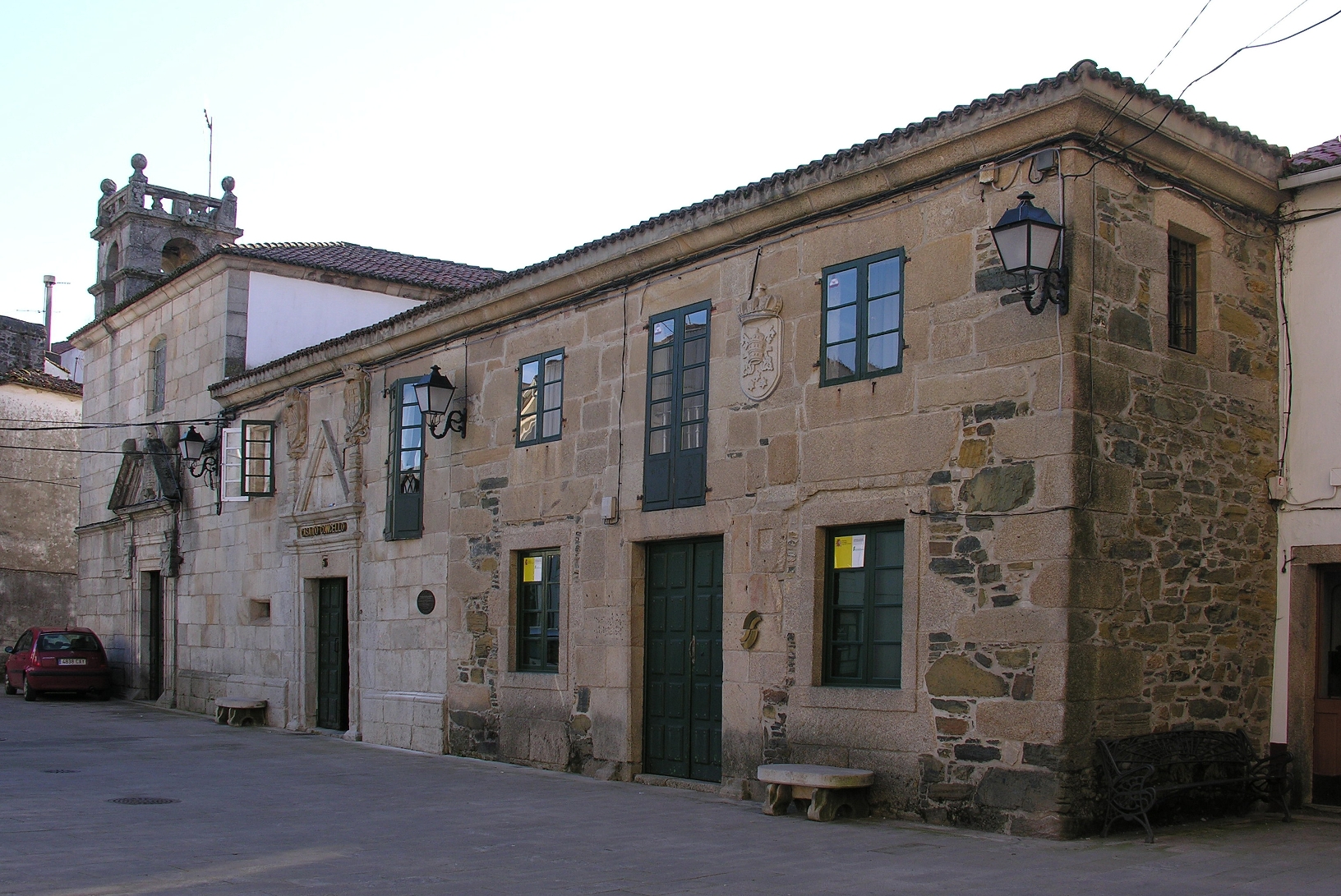|
Terra De Melide
Terra de Melide is a comarca in the Galician Province of A Coruña. The overall population of this local region was 11,872 (2019). Municipalities Melide, Santiso Santiso is a municipality of northwestern Spain in the province of A Coruña, in the autonomous community eu, autonomia erkidegoa ca, comunitat autònoma gl, comunidade autónoma oc, comunautat autonòma an, comunidat autonoma ast, comun ..., Sobrado and Toques. References {{DEFAULTSORT:Terra De Melide Comarcas of the Province of A Coruña ... [...More Info...] [...Related Items...] OR: [Wikipedia] [Google] [Baidu] |
Comarcas Of Galicia
Galicia (Spain), Galicia is divided into ''Comarcas of Spain, comarcas''. In Galician language, Galician, ''comarcas'' are also called ''bisbarras'' (). Comarcas of the province of A Coruña * A Barcala * A Coruña (comarca), A Coruña * Arzúa (comarca), Arzúa * Barbanza * Betanzos (comarca), Betanzos * Bergantiños * Eume * Ferrol (comarca), Ferrol * Fisterra (comarca), Fisterra * Muros (comarca), Muros * Noia (comarca), Noia * O Sar * Ordes (comarca), Ordes * Ortegal * Santiago (comarca), Santiago * Terra de Melide * Terra de Soneira * Xallas Comarcas of the province of Lugo * A Fonsagrada (comarca), A Fonsagrada * A Mariña Central * A Mariña Occidental * A Mariña Oriental * A Ulloa * Chantada (comarca), Chantada * Lugo (comarca), Lugo * Meira (comarca), Meira * Os Ancares * Quiroga (comarca), Quiroga * Sarria (comarca), Sarria * Terra Chá * Terra de Lemos Comarcas of the province of Ourense * Allariz - Maceda * A Baixa Limia * O Carballiño (comarca), O Carballiño ... [...More Info...] [...Related Items...] OR: [Wikipedia] [Google] [Baidu] |
Sobrado, Galicia
Sobrado is a municipality in the Spanish province of A Coruña located in the northwest of Spain in the autonomous community of Galicia. It has a population of 2,087 (Spanish 2011 Census) and an area of 121 km². Sobrado is well known because of Sobrado Abbey, a Trappist monastery. The town is known by the name Sobrado dos Monxes in Galician or Sobrado de los Monjes in Spanish but the official name is just Sobrado. Geography Demographics Climate and vegetation The town of Sobrado, in its climatic characteristics (temperatures, precipitation, humidity, hours of direct sunlight) has a climate characteristic of the European Atlantic that means wet and cool, with heavy rainfall due to greater latitude within the autonomous region and the dorsal Galician screen acting for the Atlantic storms that discharge heavy rains on this side, approaching the annual average 1,400 mm. Temperatures are a little more extreme, the result of the recession of the coastline and its posi ... [...More Info...] [...Related Items...] OR: [Wikipedia] [Google] [Baidu] |
Telephone Numbers In Spain
The Spanish telephone numbering plan is the allocation of telephone numbers in Spain. It was previously regulated by the Comisión del Mercado de las Telecomunicaciones (CMT), but is now regulated by the Comisión Nacional de los Mercados y la Competencia (CNMC). History Before 1998, local telephone calls could be made using only the subscriber's number without the area code, while the trunk code '9' was omitted when calling from outside Spain, e.g.: xx xx xx (within the same province) 9xx xxx xxx (within Spain) +34 xx xxx xxx (outside Spain) International calls were made by dialling the international access code 07, waiting for a tone, and then dialling the country code. [...More Info...] [...Related Items...] OR: [Wikipedia] [Google] [Baidu] |
List Of Postal Codes In Spain
Spanish postal codes were introduced on 1 July 1984, when the introduced automated mail sorting. They consist of five numerical digits, where the first two digits, ranging 01 to 52, correspond either to one of the 50 provinces of Spain or to one of the two autonomous cities on the African coast. Two-digit prefixes The first two digits of a Spanish postal code identify the province or autonomous city it belongs to. The numbers were assigned to the 50 provinces of Spain ordered alphabetically at the time of implementation. The official names of some of the provinces have since changed, either to the regional language version of the name (e.g. from the Spanish to the Basque ) or to adopt the name of the autonomous community instead of the provincial capital (e.g. Santander to Cantabria). In these cases, the originally assigned code has been maintained, resulting in some exceptions to the alphabetical order. In addition, Ceuta and Melilla were originally included within the ... [...More Info...] [...Related Items...] OR: [Wikipedia] [Google] [Baidu] |
Central European Summer Time
Central European Summer Time (CEST), sometimes referred to as Central European Daylight Time (CEDT), is the standard clock time observed during the period of summer daylight-saving in those European countries which observe Central European Time (CET; UTC+01:00) during the other part of the year. It corresponds to UTC+02:00, which makes it the same as Eastern European Time, Central Africa Time, South African Standard Time, Egypt Standard Time and Kaliningrad Time in Russia. Names Other names which have been applied to Central European Summer Time are Middle European Summer Time (MEST), Central European Daylight Saving Time (CEDT), and Bravo Time (after the second letter of the NATO phonetic alphabet). Period of observation Since 1996, European Summer Time has been observed between 01:00 UTC (02:00 CET and 03:00 CEST) on the last Sunday of March, and 01:00 UTC on the last Sunday of October; previously the rules were not uniform across the European Union. There were proposals ... [...More Info...] [...Related Items...] OR: [Wikipedia] [Google] [Baidu] |
Central European Time
Central European Time (CET) is a standard time which is 1 hour ahead of Coordinated Universal Time (UTC). The time offset from UTC can be written as UTC+01:00. It is used in most parts of Europe and in a few North African countries. CET is also known as Middle European Time (MET, German: MEZ) and by colloquial names such as Amsterdam Time, Berlin Time, Brussels Time, Madrid Time, Paris Time, Rome Time, Warsaw Time or even Romance Standard Time (RST). The 15th meridian east is the central axis for UTC+01:00 in the world system of time zones. As of 2011, all member states of the European Union observe summer time (daylight saving time), from the last Sunday in March to the last Sunday in October. States within the CET area switch to Central European Summer Time (CEST, UTC+02:00) for the summer. In Africa, UTC+01:00 is called West Africa Time (WAT), where it is used by several countries, year round. Algeria, Morocco, and Tunisia also refer to it as ''Central European ... [...More Info...] [...Related Items...] OR: [Wikipedia] [Google] [Baidu] |
List Of Municipalities Of Spain
This is a list of lists of the municipalities of Spain. The municipalities list links are listed below, by autonomous community and province. According to the provisional reports released on 1 January 2018,INE (provisional report). 1 January 2012. there is a total of 8,124 municipalities in Spain, including the autonomous cities of Ceuta and Melilla. is the province with the most municipalities (371) and the one with the least (34). Notes: Ranked lists of Spanish municipalities S ...
|
Toques, Spain
Toques is a municipality in the Spanish province of A Coruña in the autonomous community eu, autonomia erkidegoa ca, comunitat autònoma gl, comunidade autónoma oc, comunautat autonòma an, comunidat autonoma ast, comunidá autónoma , alt_name = , map = , category = Autonomous administra ... of Galicia in northwestern Spain. It has a population of 1580 (Spanish 2001 Census) and an area of 78 km². Municipalities in the Province of A Coruña {{Galicia-geo-stub ... [...More Info...] [...Related Items...] OR: [Wikipedia] [Google] [Baidu] |
Santiso
Santiso is a municipality of northwestern Spain in the province of A Coruña, in the autonomous community eu, autonomia erkidegoa ca, comunitat autònoma gl, comunidade autónoma oc, comunautat autonòma an, comunidat autonoma ast, comunidá autónoma , alt_name = , map = , category = Autonomous administra ... of Galicia. It is situated in the southeast of the province. References Municipalities in the Province of A Coruña {{galicia-geo-stub ... [...More Info...] [...Related Items...] OR: [Wikipedia] [Google] [Baidu] |
List Of Sovereign States
The following is a list providing an overview of sovereign states around the world with information on their status and recognition of their sovereignty. The 206 listed states can be divided into three categories based on membership within the United Nations System: 193 UN member states, 2 UN General Assembly non-member observer states, and 11 other states. The ''sovereignty dispute'' column indicates states having undisputed sovereignty (188 states, of which there are 187 UN member states and 1 UN General Assembly non-member observer state), states having disputed sovereignty (16 states, of which there are 6 UN member states, 1 UN General Assembly non-member observer state, and 9 de facto states), and states having a special political status (2 states, both in free association with New Zealand). Compiling a list such as this can be a complicated and controversial process, as there is no definition that is binding on all the members of the community of nations concerni ... [...More Info...] [...Related Items...] OR: [Wikipedia] [Google] [Baidu] |
Melide, A Coruña
Melide is a municipality in the province of A Coruña in the autonomous region of Galicia in northwest Spain. It belongs to the comarca of Terra de Melide. It has an area of 101 km2 and a population of 9,000 inhabitants mostly spread among its 26 parishes. It has an elevation of 456 meters. Demography History The history of this village, since its foundation in the 10th century, is deeply linked with the pilgrimage to Santiago de Compostela as it is where two separate paths French Way and Camino Primitivo of the Camino de Santiago link up. In 1320 Melide obtained from the Archbishop of Santiago, Berenguel de Landoira, the privilege of building up a castle, fortressing the village, and charging taxes. In 1467 ''"os irmandiños"'' opposed the Archbishop Alonso II Fonseca and started a series of fights against its power. During this riot the walls of the village were destroyed as well as the castle. After this, the Catholic Monarchs banned the construction of any fo ... [...More Info...] [...Related Items...] OR: [Wikipedia] [Google] [Baidu] |
Capital (political)
A capital city or capital is the municipality holding primary status in a country, state, province, department, or other subnational entity, usually as its seat of the government. A capital is typically a city that physically encompasses the government's offices and meeting places; the status as capital is often designated by its law or constitution. In some jurisdictions, including several countries, different branches of government are in different settlements. In some cases, a distinction is made between the official (constitutional) capital and the seat of government, which is in another place. English-language news media often use the name of the capital city as an alternative name for the government of the country of which it is the capital, as a form of metonymy. For example, "relations between Washington and London" refer to " relations between the United States and the United Kingdom". Terminology and etymology The word ''capital'' derives from the Latin word ... [...More Info...] [...Related Items...] OR: [Wikipedia] [Google] [Baidu] |




